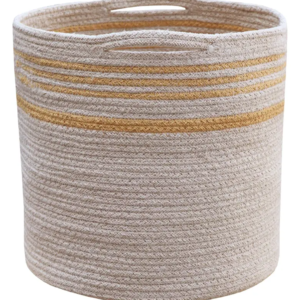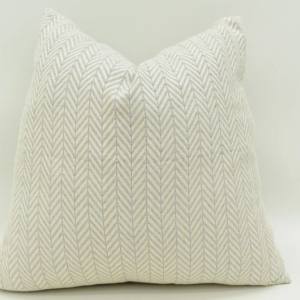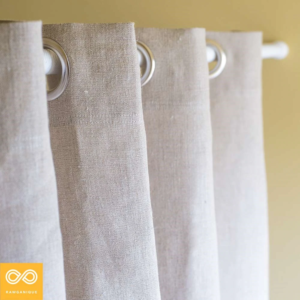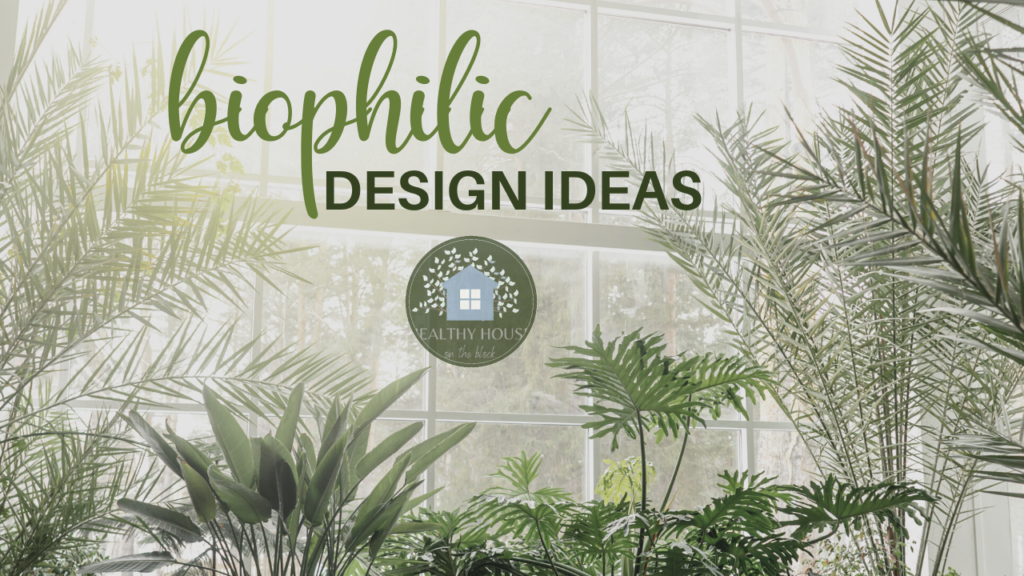
A somewhat undetected movement over the past two years has been biophilic design. It started out in office spaces as a way to improve productivity, but it was quickly realized that biophilic design has many more benefits than just more efficient work.
While I think initially, the word biophilic either left me feeling confused or overwhelmed because I didn’t know what it was, it now is something I strive to add to many spaces inside. Biophilic and healthy homes have congruent ideas and concepts, making it an excellent avenue to create some healthy design elements in your home.
Many of us may think that biophilic design should be left to interior designers, but I think many of us actually have biophilic design elements in our homes right now, we just don’t realize it. There’s so many wonderful, natural ideas when it comes to creating a healthy home, you just need to know which ones will work for your spaces.
This week I’m excited to share with you:
- What biophilic design is
- How biophilic design is healthy for your space
- Biophilic ideas you can incorporate
- Biophilic habits for your home

WHAT IS BIOPHILIC DESIGN?
Biophilic design is essentially components of your indoor environment that reflect nature. This idea has been described as “the innate tendency to focus on life and lifelike process”. It’s bringing natural elements and ideas from nature into your home space.
Oftentimes the first part of biophilic design starts with bringing in plants. Is there any better way to incorporate nature into your space? Probably not, but we’ll cover more ideas a bit later. Biophilic design ideas help connect people and nature within our man-made environments.
Initially it was a way that corporate offices started to help their employees be more productive and less stressed at work. But it’s now becoming a concept for home spaces as well as work spaces.
Essentially, the thought process is that humans were not intended to be completely separated from nature, and it has a negative impact on our health and well being when we live a life outside of nature.
That being said, most of us don’t have the luxury to work outside all day every day due to the nature of our work or the climate we live in. Because this is true for the majority of us, the idea was born to bring nature back into buildings. This practice has become a way that we can connect with nature even when we’re not outside.

HOW BIOPHILIC DESIGN IS HEALTHY
Biophilic design often incorporates ideas and habits that improve indoor air quality as well as create an aesthetically pleasing space. It focuses on the fresh air and natural light of nature, which is something our bodies need in order to cultivate a healthy immune and hormone system.
Biophilic design also brings in natural materials, which can help reduce toxins inside our homes. Most homes are created and built with man-made materials like composite woods, plastics and synthetic fibers. By bringing in natural materials like cotton, jute, wood and wool, you can begin to replace toxic materials with toxin free materials.
This will continue to improve the health of your indoor air through reducing off gassing and toxic particles that can end up in your house dust. This is incredibly important as we spend upwards of 90% of our day indoors. Indoor air quality has a direct association on our health and wellness in how it supports our immune system and healthy hormone function.
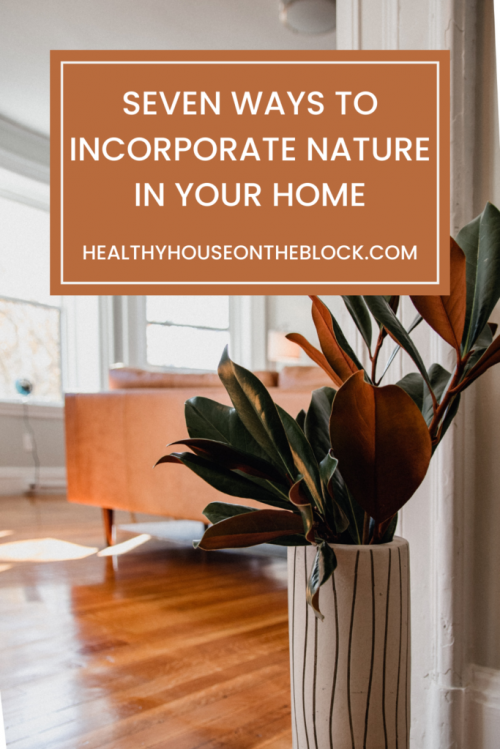
BIOPHILIC IDEAS TO INCORPORATE
While many homes are not built with biophilic design in mind, you can certainly add a few ideas and elements to your space to incorporate nature into your home.
Plants & Greenery: The best way to add a biophilic element to your home is through houseplants. Houseplants are a healthy addition to any space as they naturally detoxify your air. Some plants purify the air more than others, as I have outlined in this post. Add plants to multiple spaces around your home, but make sure not to overwater your plants.
Overwatering plants can contribute to a drastic rise in humidity levels in your home, leading to an unhealthy environment.
Plants also give us a sense of peace and calmness, which is exactly the feeling that any healthy house should evoke.
Natural Materials: Natural elements like natural, raw wood (hardwood is best), natural woven textiles and stone are more ways you can incorporate biophilic design into your home. Not only are these elements bringing in textures and shapes that are synonymous with nature, but they’re also less toxic elements as well. Natural hardwood in your home will bringing fewer toxins than pressed or manufactured woods inside your home.
Ideas could include furniture, storage containers, lights and décor.
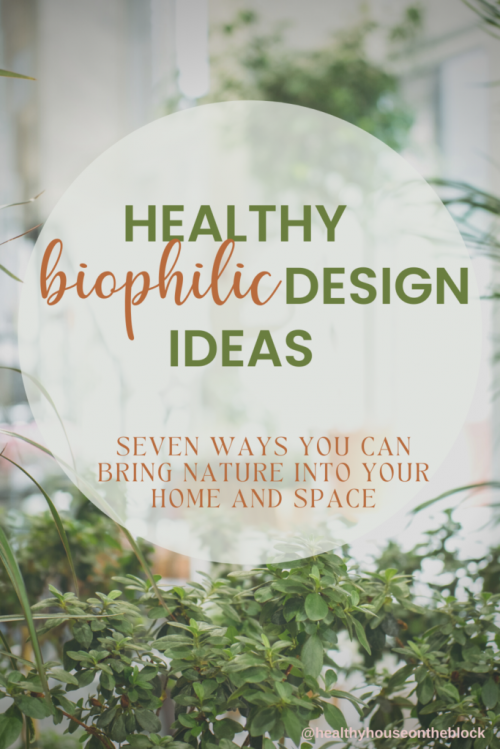
Complex Shapes: Nature isn’t all smooth lines, symmetric shapes or similar textures. Nature is filled with unpredictable shapes that don’t always match perfectly. Textures are mismatched throughout nature too — think of bark and moss and leaves all in one little area. You can mismatch this same way in your home. Layering textures that are completely different and adding complex shapes and lines to your décor can help incorporate the feel of nature.
This is a fun idea to do with pillows and throws on a couch, or in décor items on a shelf. It also counts to add a plant, which is unpredictable in shape and form and pair it with something that is more symmetrical next to the pot.
Colors of Nature: Keeping the colors in your home similar to those in nature will help incorporate this idea of biophilic design throughout your entire space. I love doing this with wall paint, as it’s a great way to bring nature in and throughout a whole home. But you can also do this with color choices for things like flooring, blankets, upholstery, bedding and textiles. You can see that nature is FILLED with natural, beautiful colors, and you could really emphasize those inside your space and home.
Colors are a great way to evoke a sense of peace and wellness into your home spaces as well. Just be sure you’re using toxin free paint like ECOS during your projects.
Add Water Elements: Water is a huge part of nature and it often never finds its way into our home spaces. A water feature is a beautiful way to bring in the sounds, smells and sights of nature. I recommend something small as large water features can increase the humidity in your space and offset all the healthy habits you’ve implemented.
Small waterfalls or still water near a plant is an excellent addition to a space to incorporate the peaceful elements of water. Water can bring peace and also a sense of refreshment. Waterfalls (or fountains) are natural sources of energy, and this can also help create a productive environment inside a home office.

BIOPHILIC HABITS TO START
Some elements of biophilic design are more habit based, but can also bring nature and its benefits inside.
Fresh Air: Properly ventilating your home is one of the BEST ways to improve indoor air quality. Our homes are a place where toxins off-gas consistently, yet we rarely open windows and doors to air out our space. Without ventilating your space, the toxins continue to stay inside your home, bogging down your immune system and hormone function.
By opening windows and doors on a regular basis throughout the day, you’re not only bringing in fresh air, which is an element of nature, but you’re naturally detoxing your home. Depending on your climate and home, some spaces can benefit from an almost constant open window or door to allow fresh air inside.
Natural Light: A home that can allow natural light inside will benefit anyone inside the space. It’s a natural element and will help plants inside flourish. Natural light is necessary for our natural circadian rhythm, which in many ways is a mess due to the cultural norms of technology nowadays. Allowing natural light at the beginning of each day and throughout the day is a natural way to balance our circadian rything and bring sunlight into our spaces.
Our bodies respond to the natural rhythm of the sun and the shadows that are created by the sunlight, keeping us on our own rhythm of waking and sleeping. Keep shades and drapes open if possible during at least the early sun hours and if you can throughout the day.
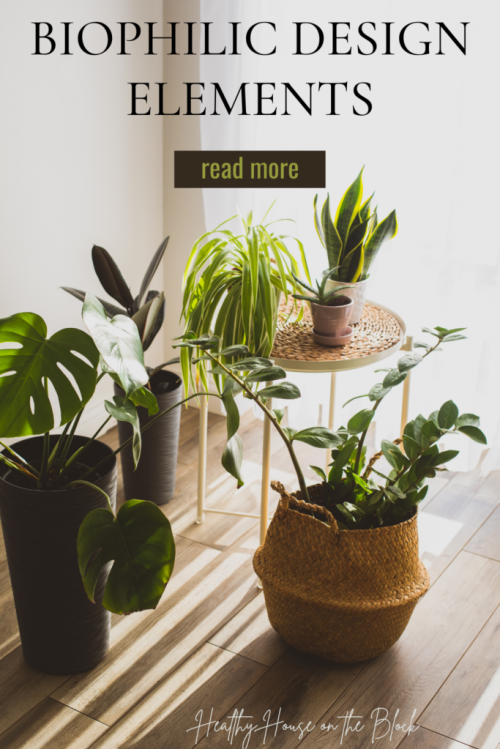
FAVORITE BIOPHILIC DECOR IDEAS
Do you have a favorite biophilic design element? I incorporate a few of them throughout my home, but I’m excited to try adding more complex shapes and textures to my space. Biophilic ideas are great ways to also improve the indoor air quality at home and keep your connection with nature strong, even while you can’t be in it.


